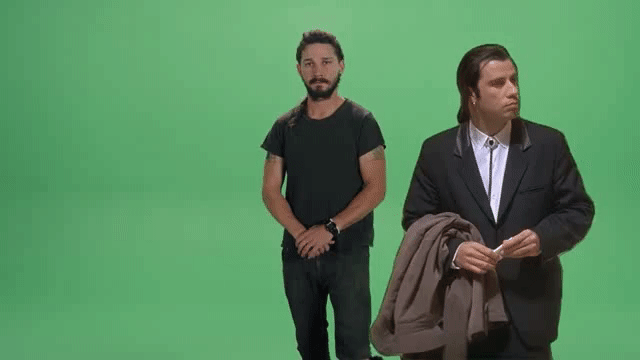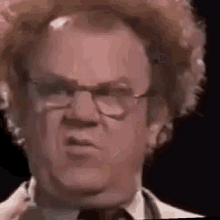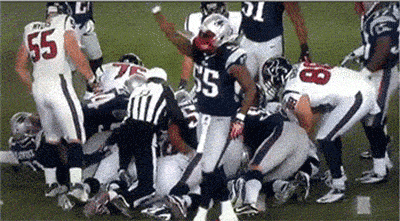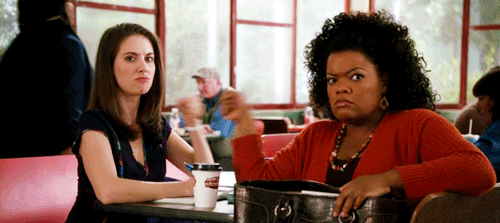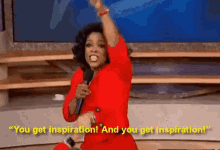Social justice poetry fails unless you do this one thing
You’re about to step on stage…
Your hair is standing on end, you feel a strong rush of energy in your chest and you’re on fire (metaphorically) for igniting change in your community…
“This is gonna be the one that gets ‘em.” You tell yourself.
If you’ve felt this…
Then you’re probably a poet who writes poems about social justice issues.
These type of passionate performances can be powerful and in today’s political and environmental climate, poems like these can be found at any poetry venue.
But I’ve noticed something…
If this is true…
Then why aren’t we seeing more change happen in communities?
“Just do it!”
If these pieces are that powerful, inspires the audience to get on board with change, why aren’t we seeing scores of people out in the community participating in outreach?
I get the frustration...
I am also an activist poet, and it can feel damn good to see a crowd get inspired once you perform.
It can also feel very disheartening to find yourself writing about the same issues over and over again because little change has occurred.
It’s even worse when you’re spitting social justice poems to the same crowd and even though you’re getting snaps, claps and hearing “that was amazing, spit that truth!” you’re not sure if they are truly getting it because they aren’t DOING anything with it.
You start feeling more like a person writing eulogies than a poet for change.
Here’s the one thing your social justice poems need in order to make real change happen…
CTA’S: Otherwise known as Calls To Action
Picture this, you just got off stage after sharing a poem about cultural diversity and anti-racism…
The whole crowd is cheering and up on their feet…
You know your message was well received, but there’s one thing that’s missing.
The call to action.
The audience is definitely feeling the momentum of your work, the problem is…
They don’t know where to put it.
If you were a coach for a football team, and you did one of those infamous locker speeches where you get the whole team riled up to go kick some ass, but you didn’t give them the play, then all you’re going to get is a bunch of sweaty hyped up men on a field running around in circles.
You got to tell them what to do in your poem to take action.
It may seem obvious, but it really isn’t to your audience. They need to be told what to do, in order to make that energy you’ve stirred in them useful.
If you don’t have a call to action in your poem, then all you really have is a PSA. (Public service announcement)
But don’t PSA’s matter?
Not when you’re “preaching to the choir.”
Protest poems about the environment are great to educate others about what’s going on with climate change, our forests (The Amazon burning right now definitely comes to mind, there was hardly any news coverage until the Facebook community shouted it from the rooftops) and other issues, but once the knowledge is acquired, what do we do with it?
The number one reason people don’t get involved is because they feel powerless.
“What can I do about it?”
That’s the question you need to answer for them either in your poem itself or after your performance.
Setting up a CTA table
If you’re not too sure how to weave a call to action in your poems, you can always set up a CTA table at your events and make it known on the mic.
A CTA table is like a merch table, except you lay out information on how to get involved in the community or help support a cause.
Not only does this give a great resource to your audience, they will feel totally empowered once they leave your performance because you’ve given them access to make real change happen.
If you have poems about justice and equality, there’s tons of CTAs you can have at your table.
These can include:
Programs that help juvenile detention teens in your area
Writing letters to those who are incarcerated
Contact information for your city’s government officials
Organizations that bridge the divide between races to start conversations
A list of POC owned businesses to support… and more.
As a social justice warrior…
The outcome we always want is change.
PSA’s do little if the populous already knows what the issues are.
They need options, avenues to make a difference and they need to know specifically what they can do.
Why Stop There?
Did you know that poets can get grants from anywhere to 1,000 - 20,000 dollars for a social justice project involving poetry?
Contact your local arts council and see what individual grants are available for artists. “Artist” encompasses you too Poet!
You can do a lot with funding to make change happen in your community or even across the world.
Most grants want to see community involvement so make sure your idea for a project is layered with audience participation and partnered with another organization in the area.
This can really help your application stand out since it shows you got the backbone support of the community already.
Use Your Own Emotions As A Gauge
If you find yourself getting hot headed more than inspired, that’s a sign you aren’t being hands on enough.
The fastest way to combat overwhelm as an activist is to be in the community seeing the change and connection happen.
I don’t know if there’s any other self care more powerful than seeing good happen in your neighborhood.
Don’t just be a PSA poet…
Get your butt in the community and do the work as well.
If you got a fan following, you’re fans will be inspired to get up, get out and do something too.
Remember this is a long battle.
It takes generations to make real change happen and you knew when you started this it was going to be a long road…
Think about how rocks in a stream get weathered down over time…
It takes years and years of water rushing over the rocks to smooth the stone. That means each generation must do their part in “fighting the good fight.”
Anytime you start to feel like this world is just plain bad remember that…
Poets and people like you keep the balance and tip the scales.
Imagine a world without people who try… That’s a terrifying world I never want to see.
What calls to action come in mind for your poetry?
Comment them below and let’s share the movement!
“In order for a movement to happen… you have to move.”


